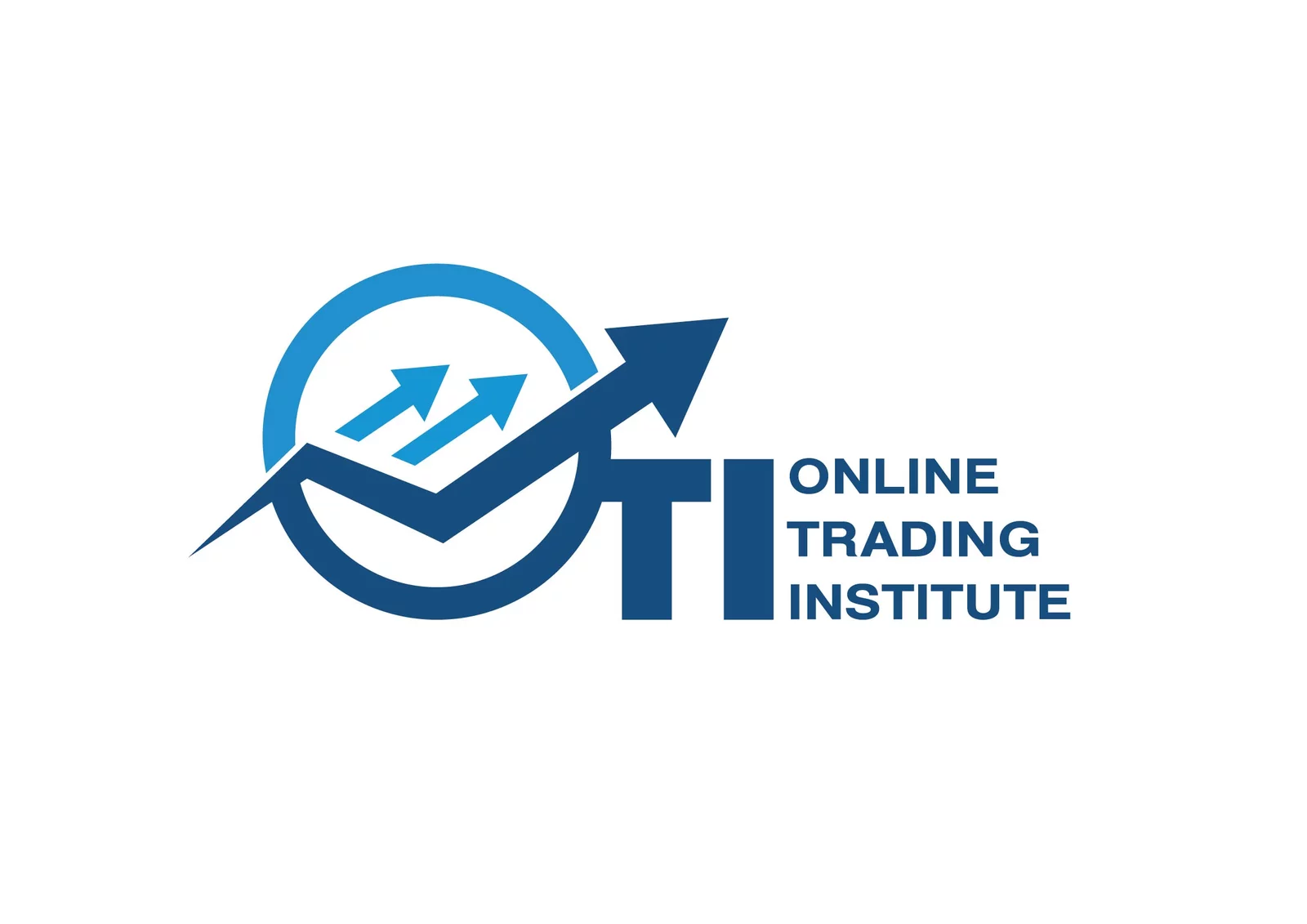In a politically and economically significant move, US Vice President JD Vance will land in India, kicking off a four-day visit that could reshape the Indo-US trade equation. The JD Vance India visit comes at a time when India is navigating a delicate global trade climate, and the outcomes of this trip might just hold the key to unlocking long-term benefits for Indian businesses and investors.
With Prime Minister Narendra Modi set to receive the Vance family at 10:00 am, all eyes are on what this high-stakes diplomatic visit could mean for bilateral relations, tariffs, defence cooperation, and clean energy ties between the two countries.
Trade Talks Take Centre Stage: Is a Breakthrough on the Horizon?
One of the biggest talking points during JD Vance’s India visit is ‘trade’. The timing couldn’t be more critical — India recently received a 90-day pause on US-imposed tariffs, and both sides are racing against the clock to finalise a bilateral trade agreement before that window closes.
During his stay, Vance will hold strategic meetings with Prime Minister Modi and key cabinet members, including External Affairs Minister S. Jaishankar and National Security Advisor Ajit Doval. Senior officials from the Pentagon and the US State Department are also in the mix, hinting at discussions that span far beyond simple tariff negotiations.
Trade between India and the US recently touched $190 billion, and the goal is to more than double that to $500 billion. The Indian government has already reduced some tariffs and is expected to offer more concessions to ensure smoother trade flows. This cooperation is not just about economics—it also signals a deepening of diplomatic trust.
Energy, Defence, and Quad: Key Focus Areas of the Visit
Besides trade, clean energy and defense cooperation will be major areas of focus. India is keen on increasing energy imports from the US, particularly natural gas and oil, as part of its strategy to diversify energy sources and reduce dependency on the Middle East.
With global energy prices fluctuating, a long-term energy deal with the US could provide much-needed stability.
Defence is another pillar of discussion. Talks are expected to touch on India’s participation in the US civil nuclear sector and the proposed procurement of advanced US-made F-35 fighter jets. If successful, these deals would significantly boost India’s military capabilities and technological edge.
Vance’s visit also emphasizes India’s growing role in the Quad alliance—a strategic grouping of India, the US, Japan, and Australia. As China’s assertiveness grows in the Indo-Pacific region, the Quad is becoming increasingly important in maintaining balance and security in the area.
India is set to host the next Quad summit later this year, and planning for the same will likely be discussed in these meetings.
Why Indian Investors and Traders Should Pay Attention?
From a financial markets perspective, the JD Vance India visit could be a key trigger for both near-term and long-term moves in Indian equities. Traders should track sectors like defence, energy, and infrastructure, which may benefit from new partnerships or policy alignments announced during or after the visit.
Moreover, any positive signals from trade discussions could reduce uncertainty around tariffs, boosting sentiment in sectors like IT, pharmaceuticals, and auto exports, which are heavily dependent on US markets.
Additionally, market participants should keep an eye on the rupee-dollar exchange rate, as any major trade or energy deal can directly impact forex movements. And with global tensions rising due to US-China tariff battles, a stronger Indo-US partnership could position India as a preferred ally for global capital.
What Lies Ahead: A New Chapter in India-US Relations?
JD Vance’s India visit is not just ceremonial—it comes loaded with strategic intent. It marks a fresh push from both governments to fast-track a comprehensive trade agreement and deepen economic, military, and geopolitical cooperation.
The visit also signals that India is no longer just a regional player but a key strategic partner for the US in global affairs.
After the visit, Indian officials will travel to Washington for three days of high-level talks to finalise the terms of the new trade agreement. These talks will cover everything from tariff rules to customs facilitation, and the outcomes could define India’s global trade posture for years to come.
As India prepares to play a more active role in shaping global economic rules, such high-profile visits only add momentum to its aspirations. Whether you’re an investor, trader, policy enthusiast, or just a curious citizen, this is a story worth following closely.
Disclaimer: The views and investment insights provided here are based on publicly available information and do not constitute financial advice. Readers are advised to conduct their own research or consult certified financial experts before making investment decisions.
